name: inverse layout: true class: center, middle, inverse --- # Undo reasoning and implementation Jennifer Mankoff CSE 340 Spring 2019 --- layout: false [//]: # (Outline Slide) .left-column[# Today's goals] .right-column[ - Introduce Undo conceptually - Describe Implementation details for assignment ] --- .left-column[ ## Quick updates ] .right-column[ Changes to code base, same basic approach for new FAB - See SPEC and comments in code for most up to date info Working hard on Menus and midterm grading. People are doing *very* well on Menus part 2. Will be away this afternoon and all day tomorrow. Back on Friday for class ] ??? will be released shortly --- .left-column-half[ ## Remember this? 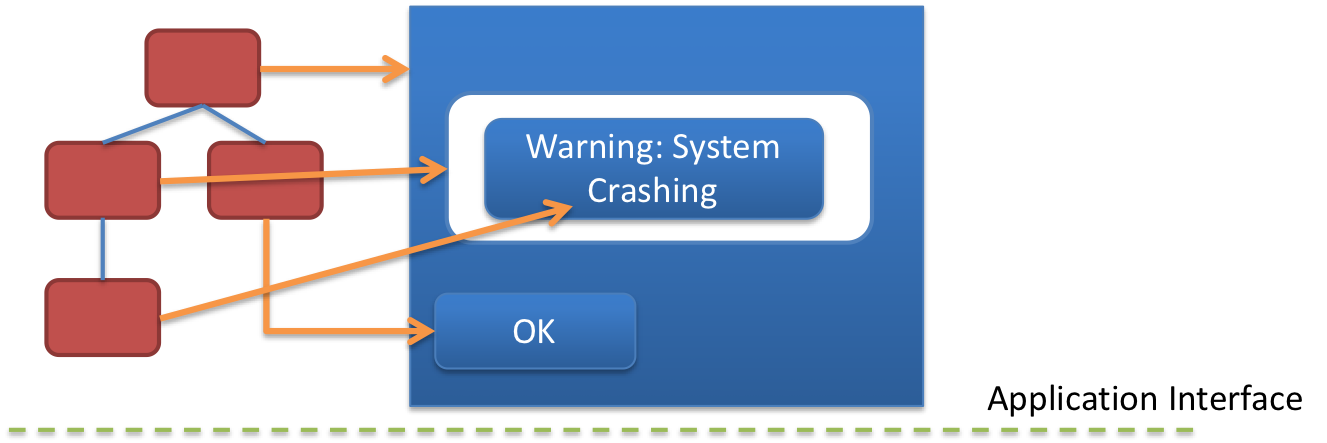] .right-column-half[ Dispatch Strategies - Bottom-first and top-down positional - Focus-based Propositional Production System describes *within-view* response to events ] --- .left-column-half[ ## Event Dispatch 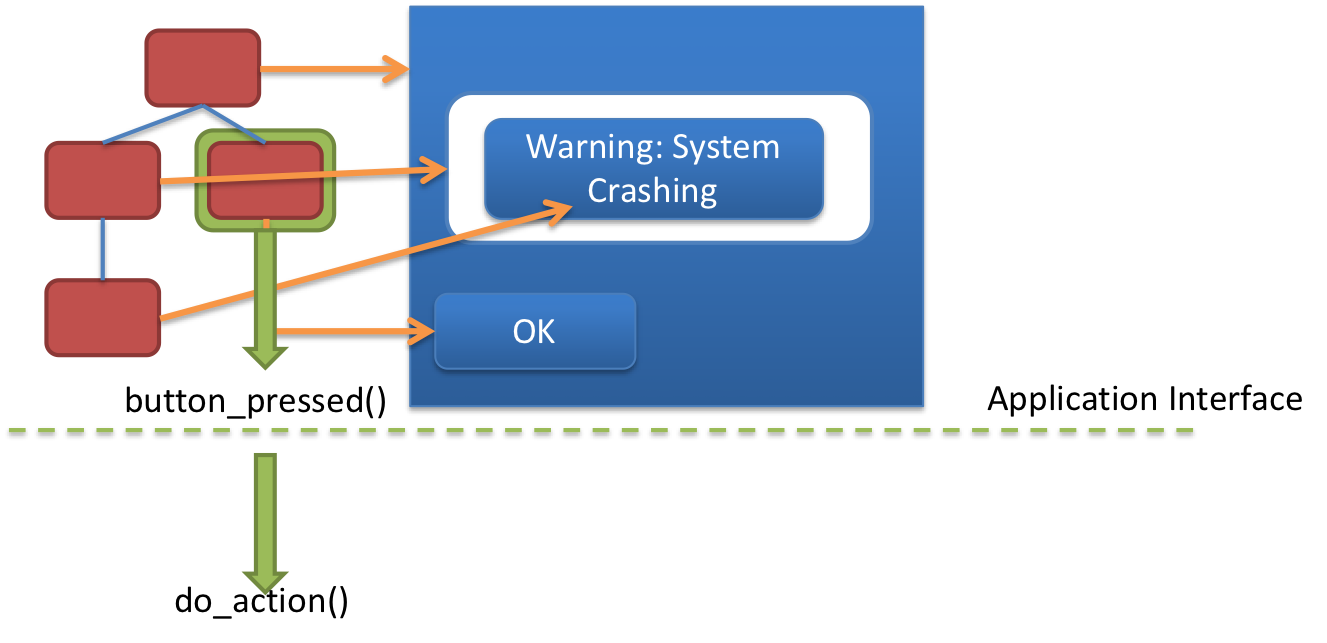] .right-column-half[ Callbacks handle *application* response to events - Update Application Model ] --- .left-column-half[ ## Event Dispatch 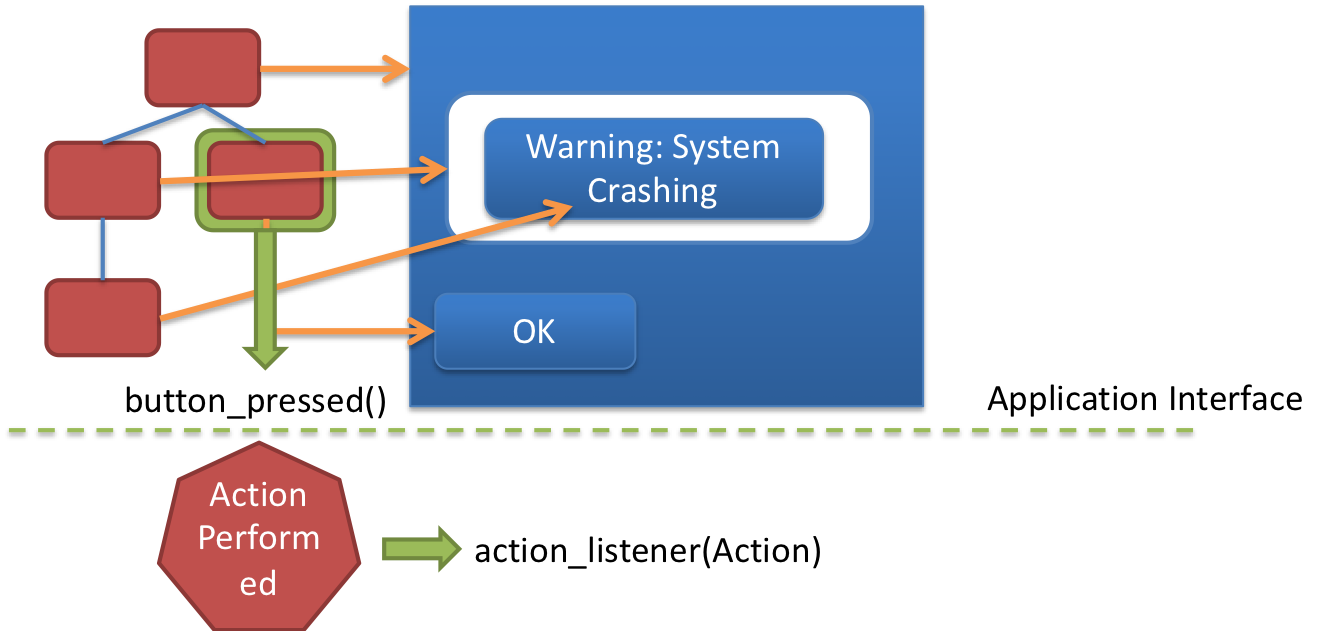] .right-column-half[ Callbacks handle *application* response to events - Update Application Model - Best implemented using custom listeners ] --- .title[What is `ActionPerformed`?] .body[ `Higher level` input event (`Command` or `Action` object) - Puts some separation between UI and translation objects - Application (or UI) can ‘listen’ for these events: Key advantage: interactors don’t need to know who/what got notification Same basic flow as simple callbacks ] --- .title[What should an Action object do?] .body[ `doAction()` ] ??? seems like a lot of work when we could just directly do the action. Major reason for action objects -- .body[ `undoAction()` ] ??? What additional information do we need to undo an action? --- .title[Advantages of an action object] .body[ - can be stored on an undo stack - can create a consistent abstraction for reversing an action ] --- .left-column[ ## Undo and Redo] .right-column[ 1) new action object created and `doAction()` called 2) Undo stack updated 3) new action object created and `doAction()` called 4) Undo stack updated 5) `undo()` invoked 6) Undo stack reduced and Redo stack increased 7) `undo()` invoked 8) Undo stack reduced and Redo stack increased ] ??? draw sequence --- .left-column[ ## Undo and Redo] .right-column[ 9) `redo()` invoked 10) Redo stack decreased and Undo stack increased 11) new action object created and `doAction()` called 12) Redo stack cleared and Undo stack stack increased ] --- .left-column[ ## What if an action can't be undone?] .right-column[ Actions that put system into a totally different context Clear both `undo` *and* `redo` stacks! Users may hate you] ??? example? Saving a file --- .left-column[ ## Implementing `undo()` ] .right-column[ System pops action off undo stack Calls `undoAction()` method on it Pushes it on redo stack ] --- .left-column[ ## Why is `undoAction()` hard? ] .right-column[ Two ways to implement: - *Direct Code* (each action object has custom code) - Need parameters of original action - Better store in `doAction()` for later - This is what we will implement ] --- .left-column[ ## Why is `undoAction()` hard? ] .right-column[ Two ways to implement: - *Direct Code* (each action object has custom code) - *Change Records* (Keep a record of the “old value” for everything changed by the application, then put all those values back to undo) - More general - Takes more space - `Action` object records `ChangeRecord` (changes which are abstracted into a common data format) - Application has to provide code to restore from change records ] --- .left-column[ ## Implementing `redo()` ] .right-column[ System pops action off redo stack Calls `redoAction()` method on it Pushes it on undo stack ] --- .left-column[ ## More sophisticated forms of Undo ] .right-column[ Explicit visualization of steps Manipulation of action list Delete actions from the middle, reorder, etc. by undoing back to point of change then redoing forward But note: doAction() must be able to work in new context ] --- .left-column[ ## Flatland: Semantic Undo 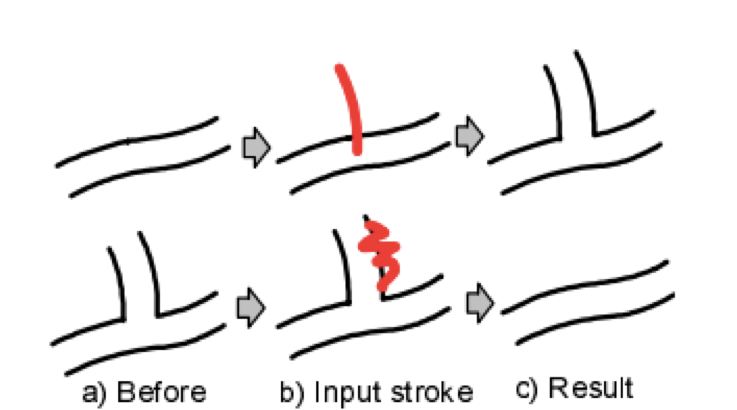 ] .right-column[ 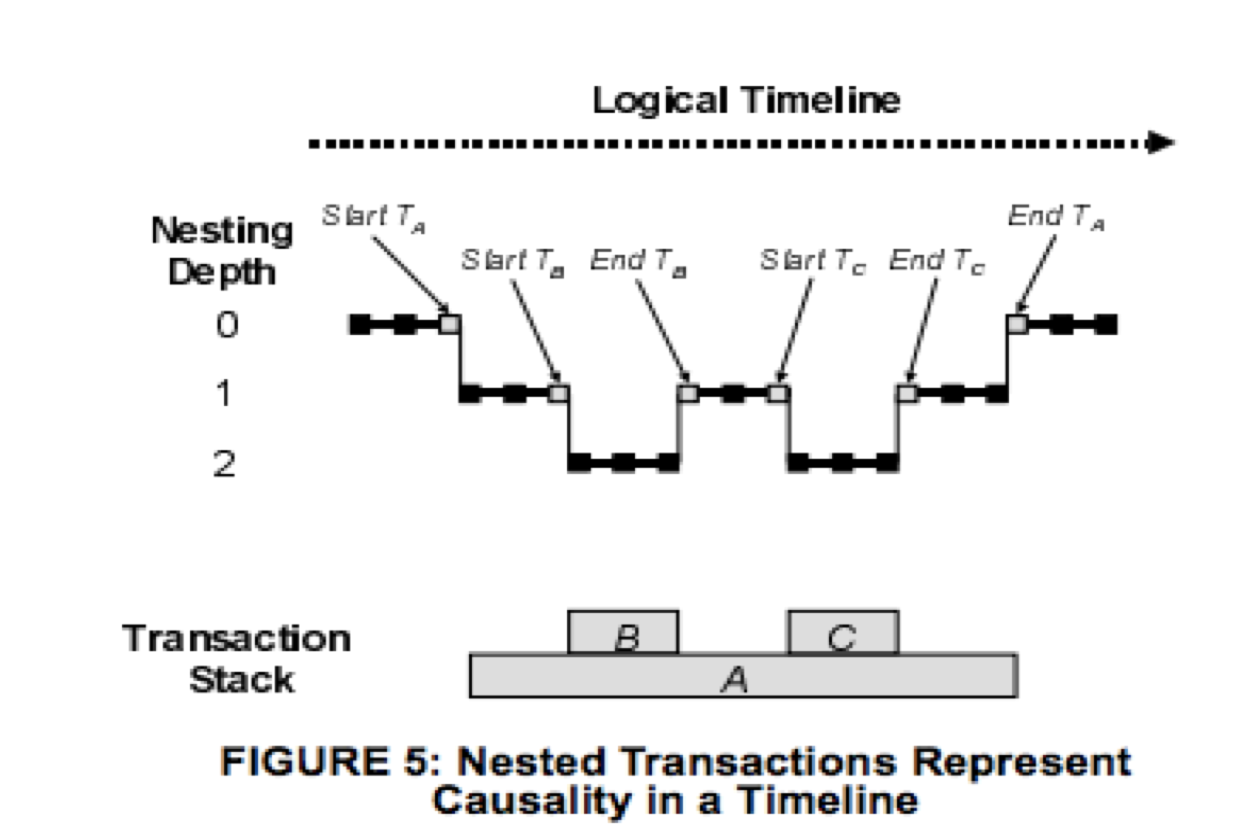 ] .footnote[ Edwards, W. K. ; Igarashi, T. ; LaMarca, A .; Mynatt, E. D. A temporal model for multi-level undo and redo. UIST 2000, Proceedings of 13th Annual ACM Symposium on User Interface Software and Technology; 2000 November 5-8; San Diego, CA. NY: ACM; 2000; 31-40. ] --- .left-column[Summary] .right-column[ ]
layout: true